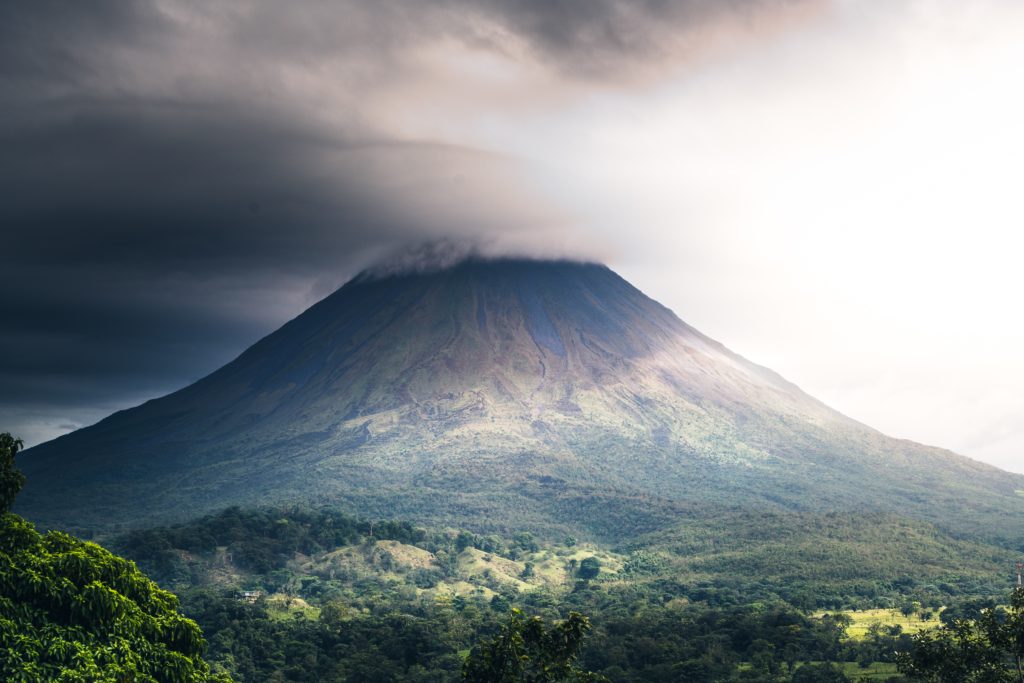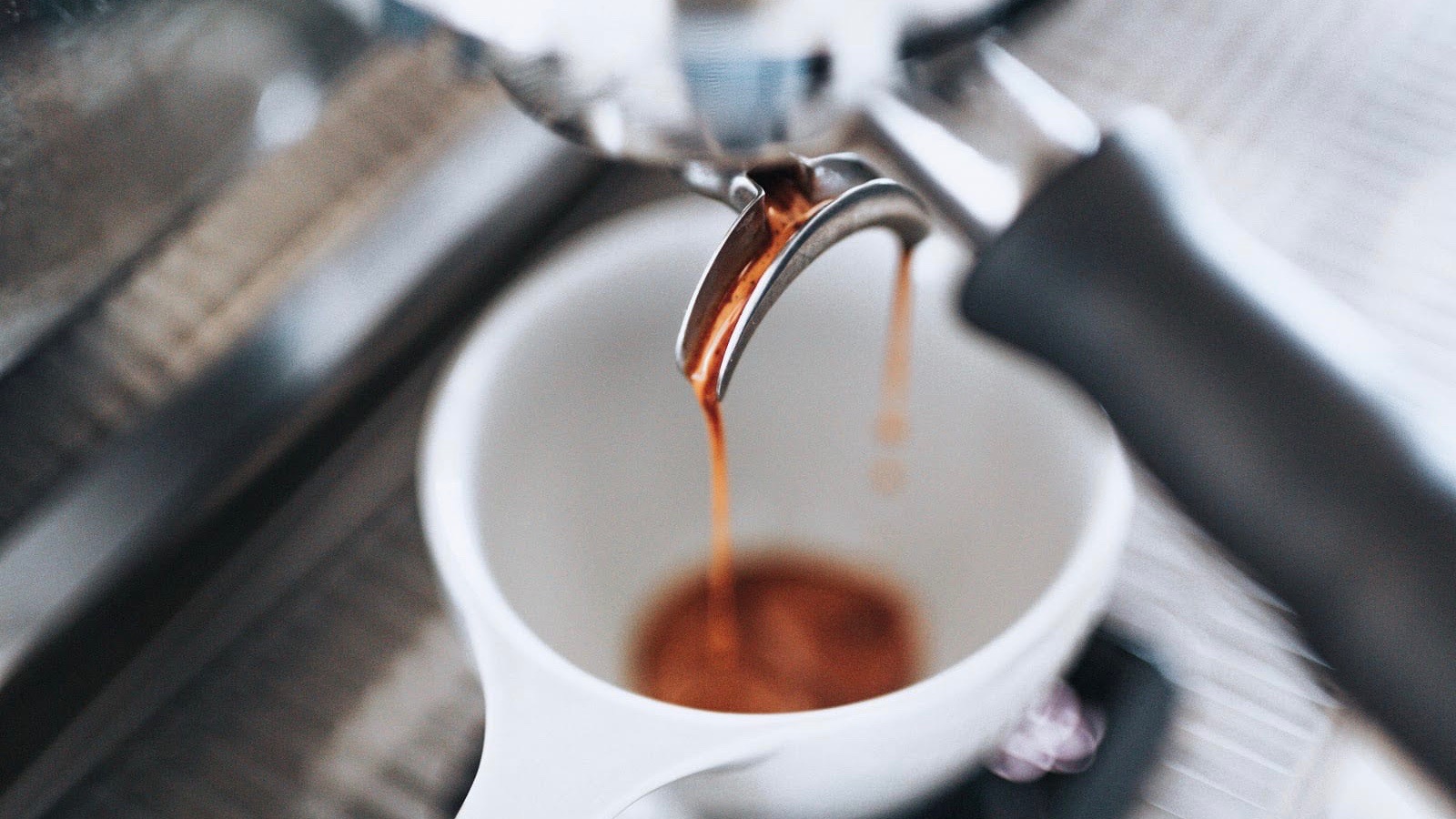There is something sacred about taking a few minutes every morning to brew a cup of coffee. While it’s nice to go to a coffee shop every once in a while, it can get expensive and you also have to trust the hipster with a handlebar mustache actually knows what the hell they are doing. In this guide we will look at a general overview of the history of coffee, a ridiculously general guide to identifying coffee around the world, and the gear involved in the production of coffee beans. So let’s start at the very beginning…
What is a coffee bean?

The term “coffee bean” is a little misleading as they are not in the legume family like peanuts, or lima beans. Coffee beans are actually seeds that grow within a stone fruit, often referred to as the “cherry”.
Just like wine, coffee beans generate all the subtle flavors and overall complexity primarily from the region they are grown. Everything plays a factor in the taste, the nutrients in the soil, the altitude, the water, the amount of sunlight, etc. That’s why coffee even from the same plantation can even taste different and why it’s challenging to generalize , “Coffee from Ethiopia is fruity and coffee from Mexico is Chocolatey.
Where is coffee grown?
ALL commercial coffee beans are grown in between the latitudes 25 degrees North and 30 degrees South. This region is known as the “Bean Belt”. Different varietals of coffee beans require different altitudes and temperatures, for example Arabica thrives at high altitudes in rich soil, compared to Robusta which grows more efficiently in higher temperatures and is resilient enough to thrive on lower altitudes.
Here are some of the most popular regions where coffee is grown:

- Hawaii – When people think of coffee from the United States, the first thing that comes to mind is Kona coffee from the Big Island in Hawaii. Here the coffee is grown on the rocky slopes of the active volcano – Mauna Loa volcano (shout-out Disney). Here the beans absorb an amazingly unique flavor profile as they drink up the plentiful rain water and rest from the sun under a natural canopy of clouds.
- Mexico – Is one of the largest coffee producers in the world with over 100,000 farmers. Mexico features mostly small farms scattered across Veracruz, Oaxaca and Chiapas. Mexico is also the largest exporter of certified organic fair trade coffee in the world. Mexican coffee is commonly used in blends and the commodity/lower scoring coffee usually carries a spicy, earthy, acidic taste. However, some of the higher scoring Mexican coffees embody more of a delicate body and subtle fruitiness.
- Guatemala – The coffee here is also grown on volcanic soil in three main growing regions — Antigua, Coban and Huehuetanango. Each with its own distinctively rugged terroir and altitudes exceeding 4500 feet. At a glance the coffee here usually embodies a Spicy, Earthy, Chocolaty taste.
- Costa Rica – Produces some of the finest coffee in the world and many believe to be some of the most balanced flavor profiles. For the most part, Arabica is the only varietal of coffee grown here and by far the most common method of production is the “Wet Method”. However, some innovative coffee producers here have been experimenting with newer methods like Anaerobic Maceration (essentially placing the full fruit in stainless steel barrels and vacuum sealing all the oxygen out). The region is credited for inventing the “Honey Method”, basically a combination of both the “Wet” and “Dry” Method.
- Ethiopia – Coffee beans from this region might be ancestors of the first ever coffee beans. It is a popular belief that coffee (much like early hominids) existed here first. The coffee in this region is still largely processed with the natural method and carry strong fruity notes and a tea-like body. When processed with the natural method this coffee tends to be more on the fruity side, however, when washed the floral and more acidic notes come out.
Production: What is the difference between Washed and Natural Coffee?
Since the fruit surrounding the raw coffee serves little culinary value on it’s own, coffee plantations have developed different techniques to remove the fruit to get to the prize inside.
- “Natural” or “Dried”- Is the oldest method of removing the fruit from bean. In which, the fruit is dried out under the sun light. A byproduct of sun drying coffee is a more fruit forward, and bolder cup of coffee. The sugars slowly bake out of the fruit and seep into the beans themselves more so than through the washing process.
- “Wet” or “Washed Method’ – Because of the large demand for coffee, producers came up with a method that more quickly removes the fruit from the bean, known as the “Wet” method. This involves blasting away the fruit with high powered water jets. By removing the cherry this quickly, many people are under the belief that the result is a bean with a truer taste as it has been less influenced by the sugars in the fruit.
- Honey/Pulped Natural – Popularized in Costa Rica/Brizil, this method is somewhat of a combination of the two methods described above. In this method, part of the fruit (the skins) are removed prior to drying.
